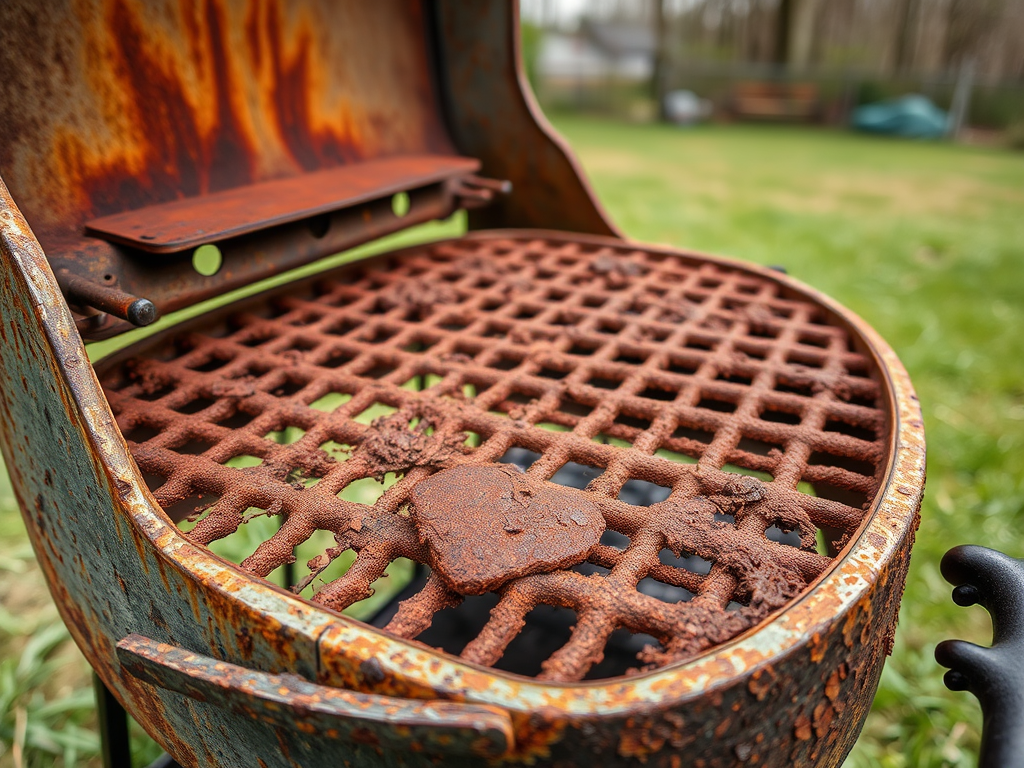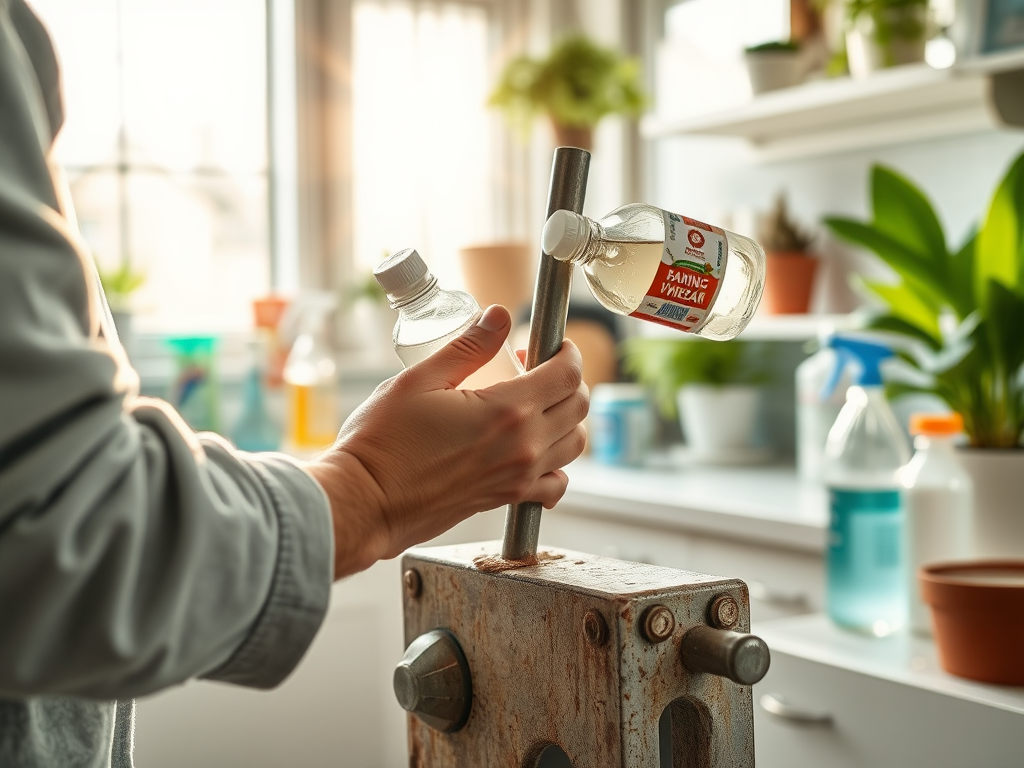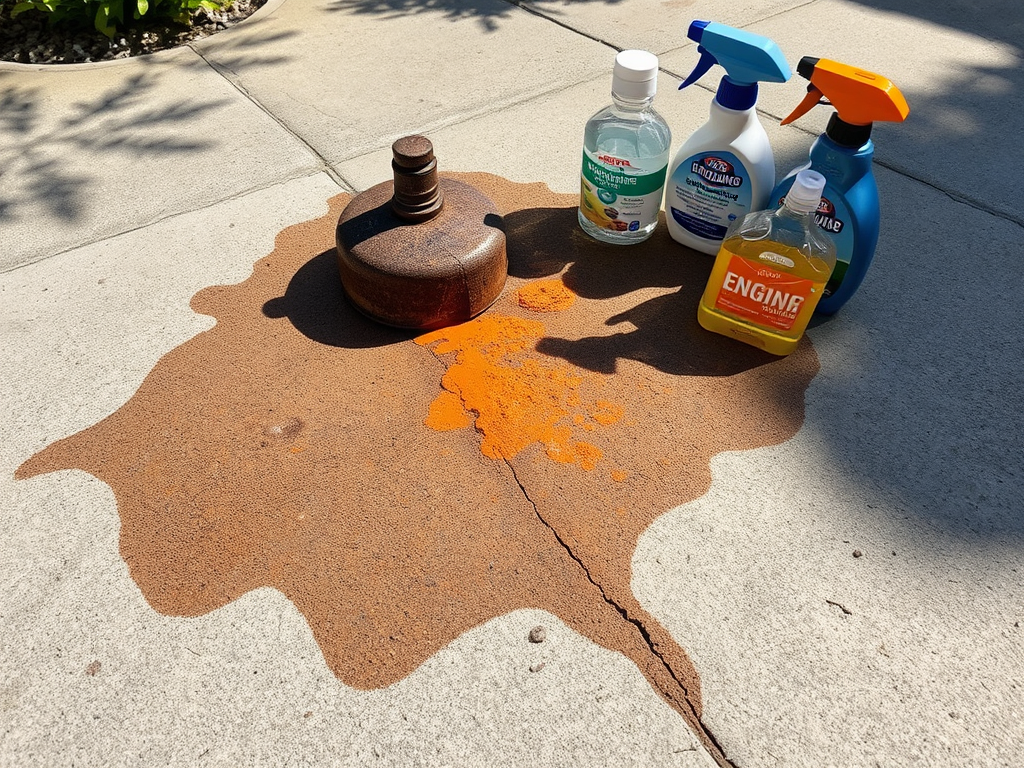The Science Behind Rust Stains: Why They Form and How to Eliminate Them

Rust stains might seem like merely an unsightly nuisance, but their formation is grounded in fascinating chemistry that reveals much about the environment around us. Understanding the science behind these pesky stains allows homeowners and business owners alike to take informed steps toward prevention and elimination. These stains, often a source of frustration, can drastically affect the aesthetic appeal of surfaces and even compromise their structural integrity. The intricate interplay between moisture, oxygen, and various substances that contribute to rust formation unveils a story of oxidation and chemical reactions. By delving into the mechanisms behind rust, we can uncover effective strategies to keep our possessions pristine. This exploration not only leads us to cleaner surfaces but also enhances our understanding of caring for various materials.
Understanding Rust: What is it and How Does it Form?

Rust, scientifically known as iron oxide, forms through a process called oxidation, primarily impacting iron and its alloys. When iron encounters moisture and oxygen, a chemical reaction occurs, leading to the gradual degradation of the metal. This redox reaction involves the loss of electrons, which ultimately results in the formation of rust. Interestingly, various factors can intensify this process, such as the presence of salt and acidic substances. Understanding these conditions can aid in developing rust prevention methods. In essence, rust is not merely a surface issue; it’s a chemical phenomenon that requires proper attention.
The chemical equation that represents rust formation is 4Fe + 3O2 + 6H2O → 4Fe(OH)3. Over time, iron(III) hydroxide dehydrates to form iron(III) oxide (Fe2O3), which is the red-brown substance commonly identified as rust. This reaction indicates the importance of both oxygen and water in the oxidation process. Environmental conditions can accelerate rust formation, making specific settings particularly susceptible to staining. Knowing how this reaction works leads to more effective cleaning and prevention methods
Factors That Contribute to Rust Stains

Several multifaceted elements come into play when it comes to the formation and severity of rust stains. These factors can vary widely based on an environment’s conditions. Understanding these factors is essential for both preventive measures and effective removal strategies. Moisture is the most significant contributor, with humidity and rain incredibly influential. While it may seem obvious, many still overlook the power of air circulation; stagnant air can retain moisture and facilitate rust formation. Strong winds can exacerbate this issue by carrying water droplets to susceptible surfaces.
Moisture and Humidity
Moist environments encourage rust formation like no other. The presence of water enables oxidization of metal, creating conditions where rust can flourish. Regularly checked drainage systems and proper ventilation in damp areas can mitigate this risk. Additionally, it’s important to consider external weather conditions in your locale. The more humid the environment, the more vigilant you must be in monitoring for rust formation. Regular inspections and maintenance can go a long way in preserving the integrity of metal surfaces.
Common Surfaces Affected by Rust Stains
Rust stains don’t discriminate; they can impact a variety of materials and surfaces. As a homeowner or a business owner, it’s crucial to know where to look. Commonly affected surfaces include:
- Metal Surfaces: Items like outdoor furniture, grills, and tools are often exposed to the elements.
- Concrete and Stone: Rust can leach from metal surfaces into concrete and stone, leaving behind unsightly stains.
- Fabrics: Metal items in close contact with fabric can transfer rust, creating unappealing discoloration.
| Surface Type | Common Sources of Rust | Potential Solutions |
|---|---|---|
| Metal | Outdoor use, moisture exposure | Use protective coatings |
| Concrete | Metal furniture, rainwater | Regular sealing |
| Fabric | Rusty tools, damp conditions | Keep metal away from fabric |
How to Eliminate Rust Stains
The process of removing rust stains successfully involves a variety of techniques and products that cater to different surface types. The effectiveness of each method can depend significantly on the stain’s nature and age. Homeowners often seek natural remedies as a first line of defense. Incorporating household items in your cleaning arsenal can yield surprising results. However, when facing persistent rust stains, commercial products may be necessary. Understanding what each method offers allows for targeted action.
Home Remedies for Rust Removal
Many household items can help eradicate rust stains safely and effectively. Here are a few worth trying:
- White Vinegar: Thanks to its acidity, vinegar can efficiently dissolve rust.
- Baking Soda: Creating a paste with water applies well for scrubbing away rust.
- Lemon Juice and Salt: This combo not only removes stains but also brightens surfaces naturally.
Commercial Products for Rust Removal
For more stubborn stains, various commercial rust removers are available. It’s essential to choose a product suitable for the particular surface you’re treating. Here are some strong contenders:
- Oxalic Acid: Particularly effective on tough rust stains found on concrete.
- Rust Remover Gels: These gels adhere well to surfaces for enhanced action against discoloration.
- Commercial Spray Cleaners: Many brands offer specific formulations designed for different surfaces.
Preventing Rust Stains
Taking a proactive approach significantly reduces the risk of rust formation. Implementing preventive measures can save trouble down the line and preserve the appearance of your metal belongings. Proper storage practices ensure that metal items are kept protected from moisture. Equally important is the application of protective coatings, which act as a barrier against rust’s onset. Whether you’re dealing with outdoor furniture or tools, investing in good practices pays dividends. Regular maintenance checks can also help identify potential risks before they escalate.
Keeping metal items dry and stored in controlled environments minimizes exposure to rust-causing elements. Consider using covered storage areas or using moisture-absorbent products. Items not in use should ideally be stored indoors wherever possible. Additionally, positive airflow around stored items reduces stagnant moisture. These simple strategies help maintain both the condition and appearance of valuable metal possessions. A little effort goes a long way in rust prevention.
Conclusion
Understanding the science behind rust stains is crucial for effective prevention and removal. Awareness of the causes and conditions that facilitate rust formation empowers us to take meaningful action. By utilizing home remedies and recognizing the importance of prevention, it is possible to maintain the integrity and aesthetic appeal of various surfaces. The combination of proactive care and effective cleaning solutions not only addresses existing rust issues but also offers long-term protection. In this way, we can tackle rust stains confidently, keeping our environments looking their best.
Frequently Asked Questions
- What causes rust stains? Rust stains occur when iron oxidizes due to exposure to moisture and oxygen.
- Can rust stains damage surfaces? Yes, rust can lead to serious structural issues, especially on metal and concrete.
- Are there eco-friendly methods to remove rust stains? Absolutely! Household items like vinegar, baking soda, and lemon juice are natural options.
- How can I prevent rust stains from forming? Properly storing metal items and applying protective coatings can greatly reduce the risk.
- Is it safe to use commercial rust removers? Generally yes, but always follow the manufacturer’s instructions and use them in well-ventilated spaces.


